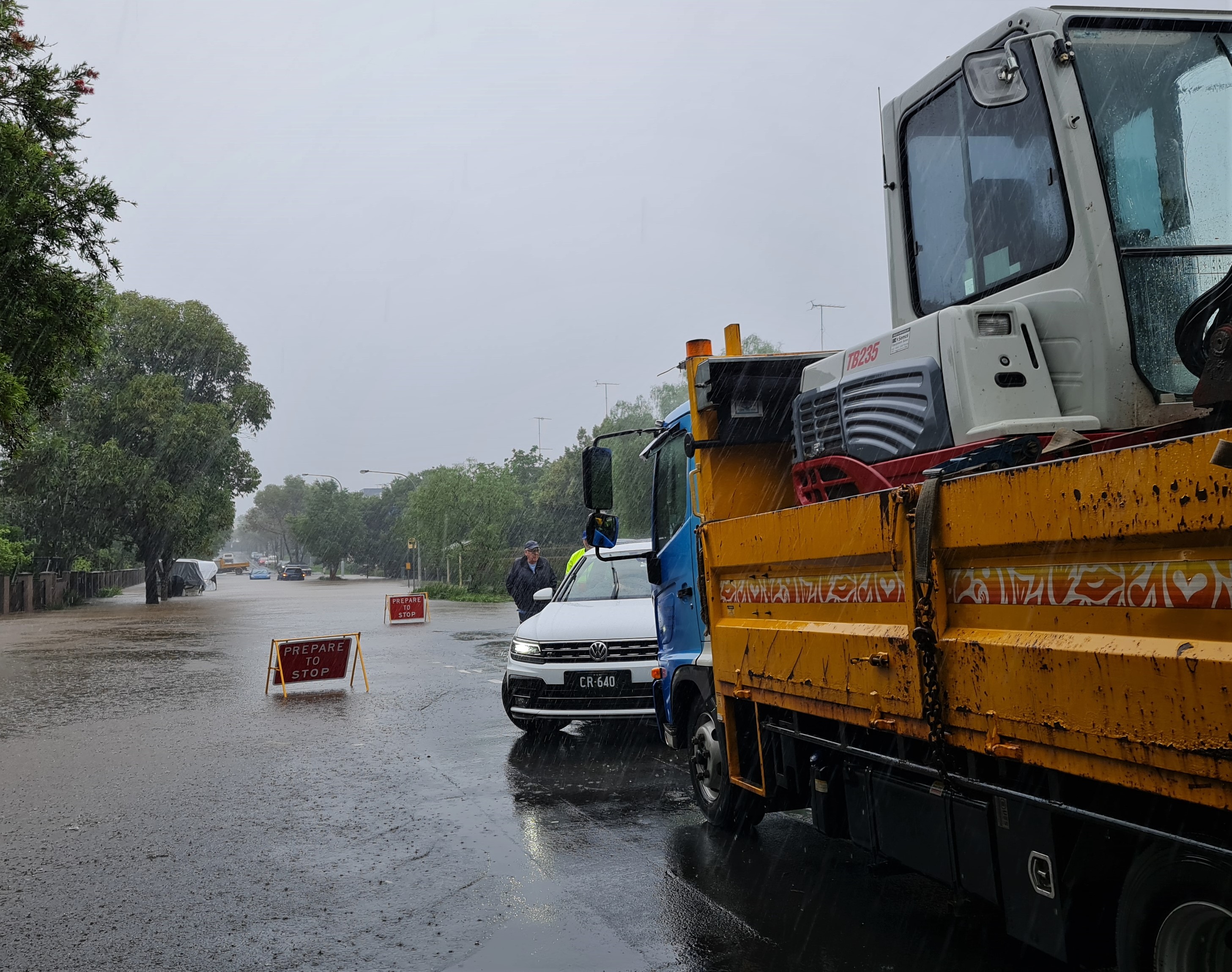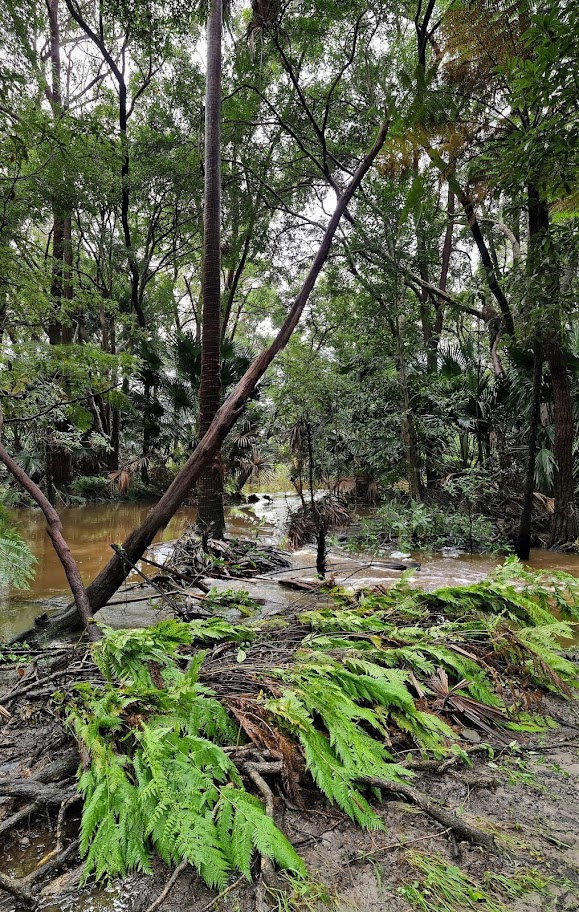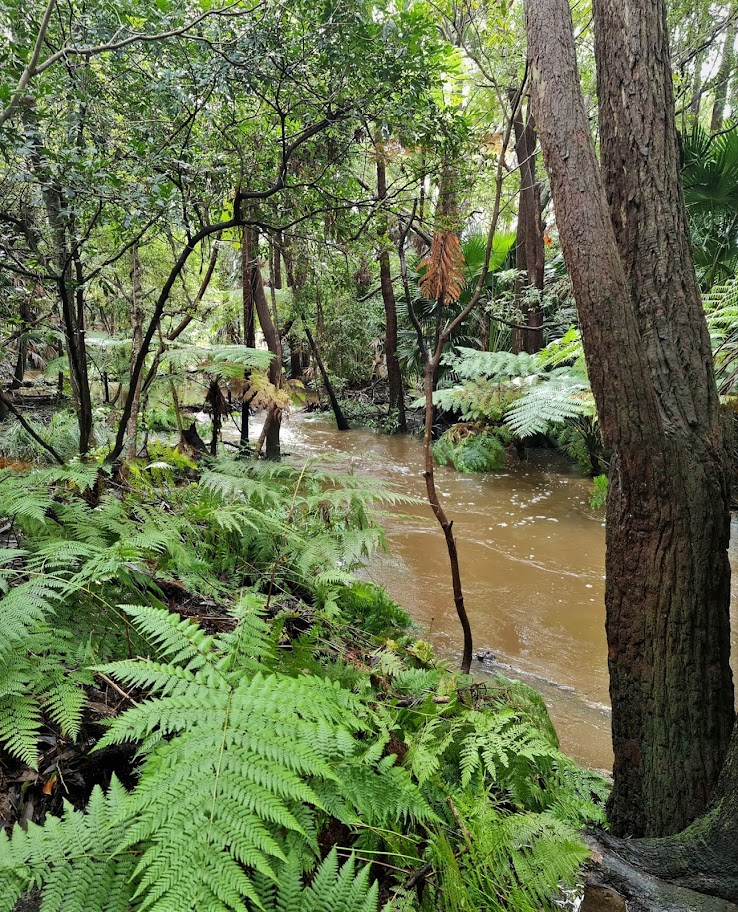NSW Reconstruction Authority corporation formally announced - has powers to acquire and develop land + Rezoning pathways Program: potential local implications

On Friday December 16th 2022 the NSW Liberal -National government announced Michael Cassel has been appointed as the acting CEO of the NSW Reconstruction Authority, which has been formally established as part of the NSW Government’s response to the Flood Inquiry.
Mr Cassel is currently the Secretary of the Department of Planning and Environment and prior to that had held a variety of roles as a senior executive with over 30 years of experience in real estate, construction, including Project Director / Senior Development Manager with Lend Lease Developments during which he led the Jackson’s Landing urban renewal program in Pyrmont NSW and managed the rollout of 50% of the Tasmanian Governments Social Housing program funded under the Commonwealth Government GFC economic stimulus program.
The Authority will be the key agency to support communities to rebuild and recover quicker and help to build greater resilience.
The NSW Reconstruction Authority Bill 2022 establishes and provides powers to the authority and sets out its functions and responsibilities. The authority, the Minister for Planning and Minister for Emergency Services and Resilience and the Minister for Flood Recovery will have a variety of powers. These include the ability to acquire land and carry out development on land and to enter into contracts.
The announcement also included a statement that Shane Fitzsimmons, the former NSW Rural Fire Service (RFS) commissioner who steered the state through the deadly Black Summer fires and was announced as the 2021 NSW Australian of the Year, has been dropped by the public service. Mr. Fitzsimmons contract was terminated under the provisions of the Government Sector Employment Act which states a senior executive can be sacked without notice. It is understood his last day as the head of the disaster response agency Resilience NSW occurred on the same day the announcement of the acting CEO of the NSW Reconstruction Authority was made.
The Flood Inquiry stated Resilience NSW, which Shane Fitzsimmons led, failed victims and should be dismantled. Mr Fitzsimmons said the inquiry's criticisms were unfair and not based on truth.
Formed in the wake of the 2019-2020 Bushfires Resilience NSW was created to lead whole-of-government disaster and emergency efforts from prevention right through to recovery.
Another Inquiry, the NSW Parliament upper house Select Committee on the Response to Major Flooding across New South Wales in 2022 found the NSW Government failed to comprehend the scale of the floods and treated the disaster response as a “nine to five” business operation.
“We’re not a 24-hour organisation. We don’t have thousands of personnel,” Mr. Fitzsimmons told that Inquiry, “We’re active and engaged but we’re only a couple of hundred people. We don’t have the scale or resourcing during the response phase of these events.”
''With respect to the NSW SES, the centralisation of the organisation and a shortage of volunteers significantly hindered the ability of the agency to lead the emergency response. The SES’s failures found many community members feeling that they had no choice but to conduct their own rescues in dangerous conditions as many calls for assistance to 000 and the NSW SES went answered. '' Committee Chair and Shadow Minister for the North Coast, the Hon Walt Secord MLC said
“The stories we heard from local residents from the Northern Rivers and Hawkesbury regions made it clear that the NSW Government was woefully unprepared and lacked the required leadership and coordination to respond to a natural disaster of this magnitude.''
The SES was deployed to more than 2,200 flood rescues and responded to over 33,400 requests for help, with more than 5,600 staff and volunteers involved in the rescue efforts. However, this still wasn't enough given the scale and broad reach of those February and March 2022 floods with so many communities impacted right along the east coast of NSW and resources, volunteers and equipment supplies inadequate to meet demand.
The premise for the establishment of the Authority came from Lismore MP Janelle Saffin. Ms Saffin stated the now-dismantled Resilience NSW, didn't have the necessary powers it needed, it couldn't, for instance, call in the army and its resources to help, and the state would be better off with a model based on the Queensland Reconstruction Authority.
The Opposition's emergency services spokesman Jihad Dib has said the decision to sack Mr Fitzsimmons was premature.
"I think this shows a complete lack of foresight, the government has effectively sacked the nation's most experienced emergency management leader at the worst possible time, especially given we're in our third La Niña event .’’ Mr. Dib has stated
‘’So, heading into bushfire season and still dealing with floods, the Government sacks the head of a lead support agency before they have even set up a replacement one? Seriously, this is back-to-front and impractical thinking at the worst possible time.’’ Mr. Dib said
The NSW Reconstruction Authority is a statutory corporation reporting to the Minister for Planning, and the Minister for Emergency Services and Resilience and Minister for Flood Recovery.
Minister for Planning and Minister for Homes Anthony Roberts said the Authority would focus on better preparing NSW communities against future disasters and building more resilient places that will protect lives and property.
“Michael Cassel is the right choice to start setting up the Authority, which will build on the work done by Resilience NSW to date. Mr Cassel’s proven ability to achieve outcomes that meet the communities expectations and build consensus is well documented,” Mr Roberts has said.
“He led the NSW Government’s social housing agency through a significant change period, and more recently has led the refocusing of the Planning cluster during a time of increased pressure on the system.
“The Authority’s remit represents a new and unique alignment between disaster and strategic planning, which does not currently exist. This new alignment will be an integral part of how we design our future cities and respond to the increased challenges in existing areas.”
Minister for Emergency Services and Resilience and Minister for Flood Recovery Stephanie Cooke said establishing the Reconstruction Authority marks a new approach to natural disaster preparedness and recovery in NSW.
“While our emergency services organisations continue to lead the response to natural disasters, the new Reconstruction Authority will focus on the crucial tasks of long-term rebuilding and risk mitigation,” Ms Cooke said.
“Resilience NSW staff, led by Commissioner Shane Fitzsimmons, have worked incredibly hard this year to support flood-impacted communities across our State. Commissioner Fitzsimmons has worked tirelessly for the people of NSW for more than 30 years, and I want to sincerely thank him and his entire team for their work.
“There will be ongoing support for Resilience NSW staff throughout the transition process. The ongoing flood recovery across the State remains our top priority and we won’t stop working to make sure communities get back on their feet.”
The NSW Government states it is working to transition Resilience NSW’s functions, staff and budgets in a way that will maximise the Government’s response and recovery capability in the current storm season.
Although the key focus is those areas such as the Northern Rivers regions, everywhere else it floods every time it rains too hard or for too long is under the NSW Reconstruction Authority, including flood-prone local areas in Narrabeen, Warriewood, Newport, Avalon and flood prone areas in western Sydney or along the Hawkesbury River.
Under section 12 of the NSW Reconstruction Authority Act 2022, the ‘’Authority may carry out development on certain land in particular circumstances’’. The Authority may carry out development on land (specified land) if the Authority is satisfied the specified land is in a part of the State that has been, or is likely to be, directly or indirectly affected by a disaster, and the development is necessary to give effect to the primary object of the Act.
Section 12 further states that ''given the nature of the disaster or likely disaster, and its direct or indirect effect on the specified land, carrying out the development immediately is appropriate in the circumstances, and the development will not involve clearing native vegetation or will involve clearing native vegetation only to the minimum extent necessary, or the Authority is satisfied the specified land is not in a part of the State that has been, or is likely to be, directly affected by a disaster but the development is a direct response to the disaster or likely disaster, and cites as an example— 'development for the purposes of residential accommodation to house residents who have been displaced by a disaster'.
This will include developing land within national parks, protected marine areas or land subject to native title claims, so long as the development is ''necessary and appropriate''. This will also include the habitat of threatened or critically endangered species, alike what the state government is pushing through in western Sydney koala habitat lands along with what is left of Cumberland wood plain lands.
The authority will be able to do anything that is "supplementary, incidental or consequential" to these functions and the CEO will be able to take whatever steps they deem "necessary or desirable".


Irrawong Reserve Flooded Track; March 7, 2022 - Photos by Joe Mills
The State Government has announced the Northern Rivers Reconstruction Corporation will be transitioned into the NSW Reconstruction Authority. The Northern Rivers Reconstruction Corporation will continue to help rebuild communities within the Byron, Clarence Valley, Lismore, Richmond Valley, Tweed and Kyogle local government areas until it is transitioned into the Authority in 2023.
The NSW Reconstruction Authority is now responsible for facilitating disaster prevention, preparedness, recovery, reconstruction, and adaptation to the effects of natural disasters in NSW.
The authority will:
- lead disaster resilience, risk reduction, adaptation and mitigation activities
- provide education and infrastructure before disasters to minimise harm
- ensure the reconstruction process begins swiftly when a disaster strikes
- reduce community devastation
The authority’s responsibilities include:
- acquiring and subdividing land for rebuilding communities
- rebuilding infrastructure
- creating and implementing the State disaster mitigation plan
- giving advice as needed to councils and government agencies on disaster adaptation
- supporting communities to help recover from a natural disaster
- coordinating development in disaster-affected areas
Given the December 5th 2022 announcement of Rezoning Pathways Program, wherein the NSW Government announced it would sideline councils and communities from assessing new major housing developments, everywhere it floods locally, or where there is land a Developer has plans to develop, can be made without community or council consultation.
Under the program announced by Planning Minister Anthony Roberts, the department has created 2 pathways ''for planning proposals to benefit from state involvement – state-led and state-assessed''.
''The department will identify sites for state-led rezoning and will pilot a process for industry to nominate rezoning proposals that could be state-assessed if they deliver'':
- more than 1,000 dwellings in metropolitan NSW
- at least 300 dwellings in regional NSW.
Ingleside is still being put forward in a proposal for 1000 dwellings by property developers, with a plan for this to be 'approved' prior to the 2023 state election, while the NSW Department of Plannings' narrative around the MLALC development proposals for local bushland has not changed since first mooted in February 2022.